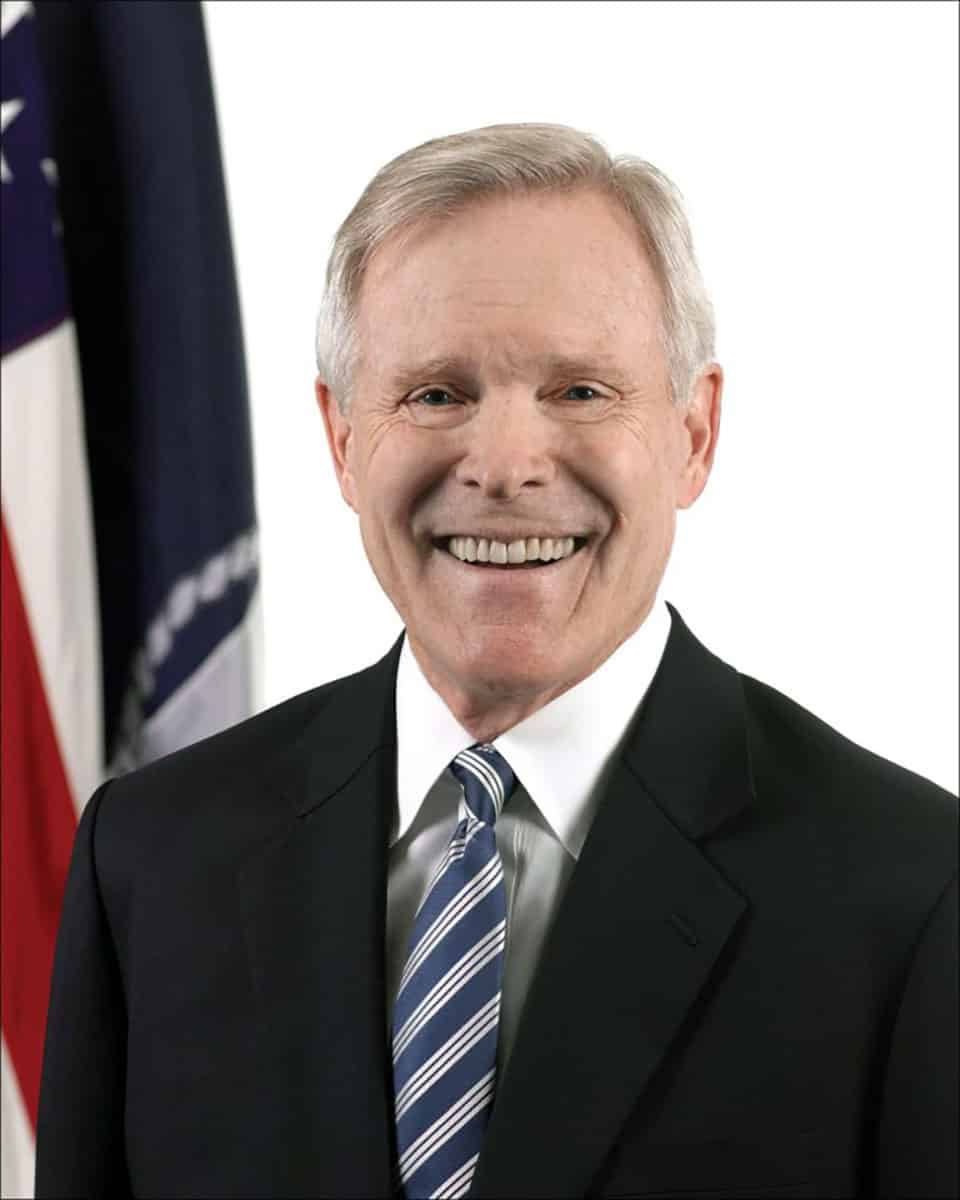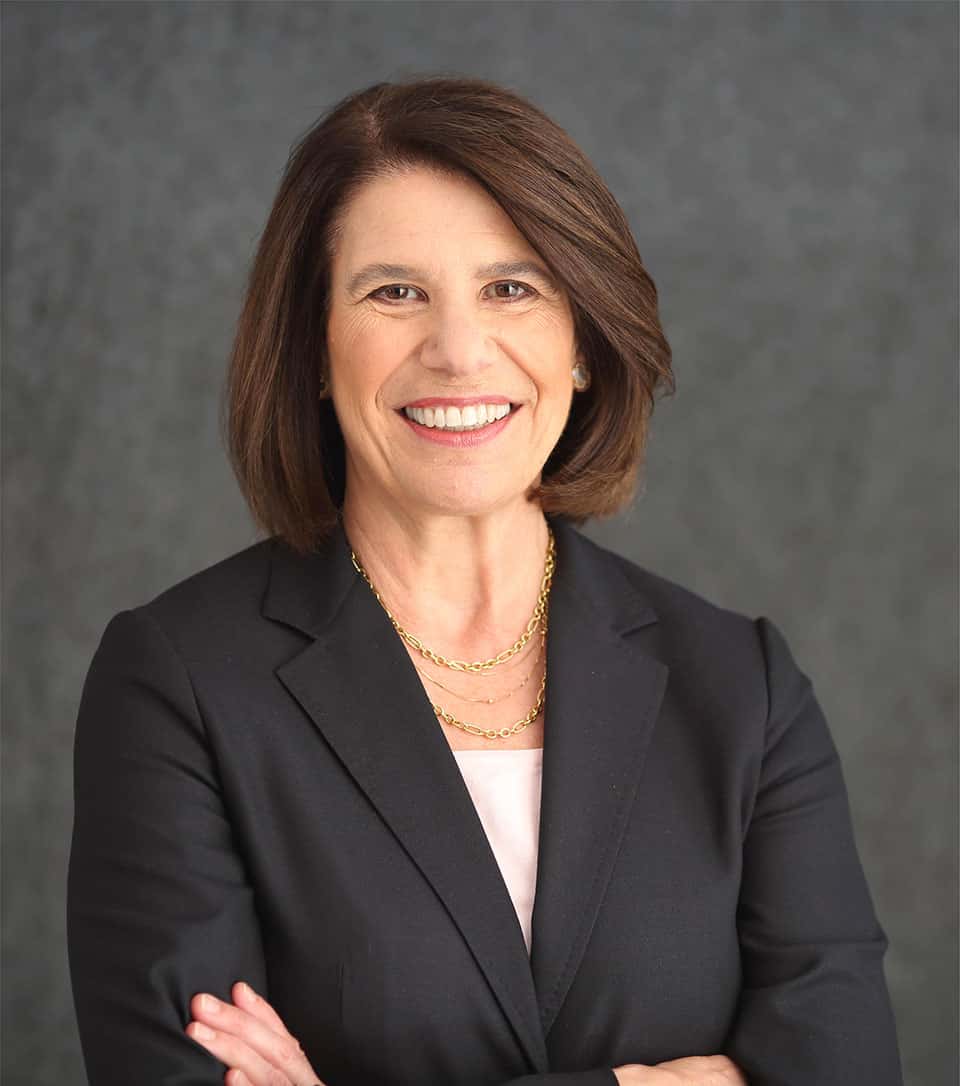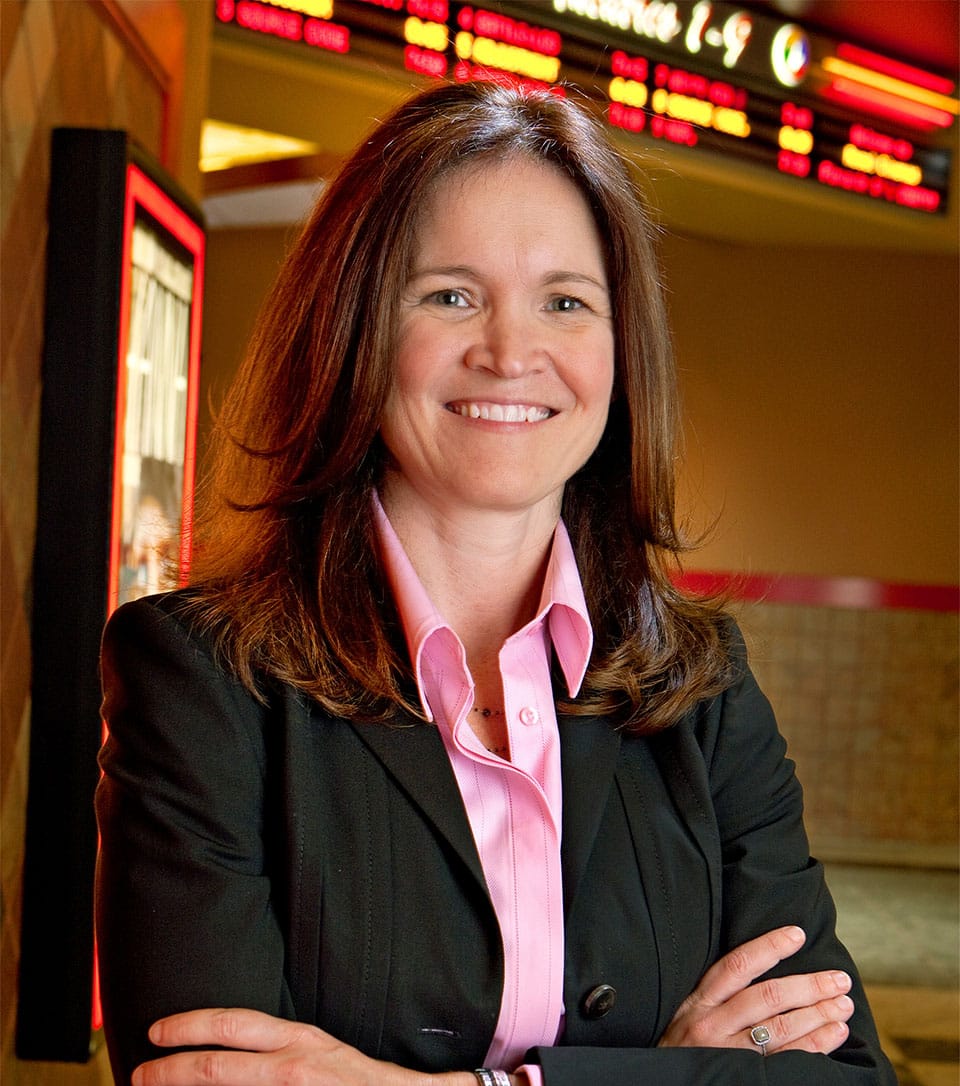Crisis Leadership – 8 Lessons from 8 Global Leaders

Crises can define CEOs and cement their abilities to guide an organization. As business leaders navigate the COVID-19 pandemic, we asked eight former C-suite leaders of global workforces, who sit on the Advisory Board and Board of Directors of InStride, to share their perspectives on leading through a crisis. Collectively, these global leaders led workforces totaling almost 1 million employees and were responsible for managing the crisis and recovery efforts at organizations such as Bain & Company, Cardinal Health, Citibank N.A, Disney, Ford, Michaels, Regal Entertainment, and the US Navy. These 8 lessons can help leaders at every level and organizations of any size manage through the challenging environment facing businesses today.
- EMPHASIZE THE MISSION.
In times of crisis, leaders must give voice to the mission of the organization. Former Cardinal Health CEO George Barrett shared that “clarity of mission” is critical. Leaders must ask, “What is in front of us, what is it that we face and what is our mission here?” he said.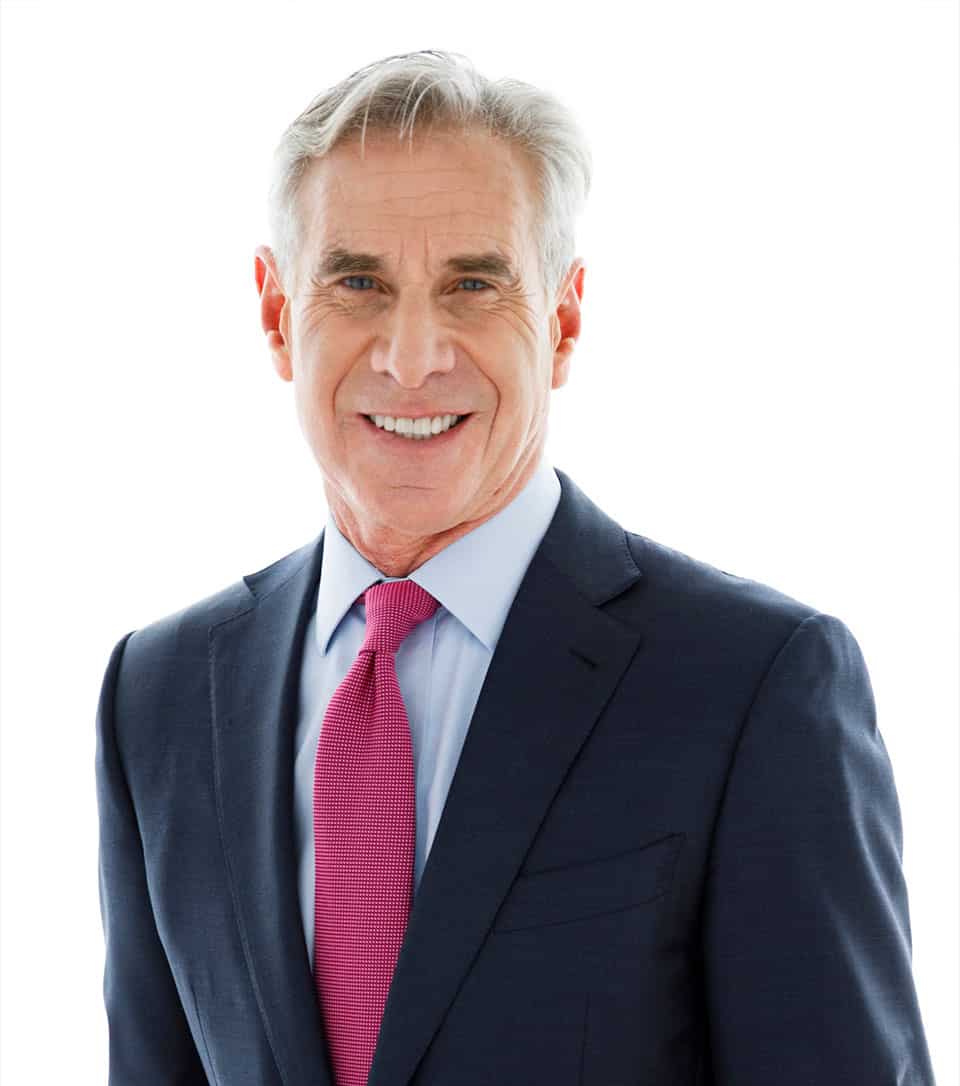
Not surprisingly, this sentiment was echoed by former US Secretary of the Navy and former Mississippi Governor Ray Mabus. “What’s your mission? Where are you heading?” said Mabus. “It doesn’t matter how big the organization is, it’s composed of individuals. When I was at the US Navy, I used to do something I called ‘leadership by walking around.’ I was the most traveled senior executive in US government history – 1,342,544 miles. I’d let each individual know, ‘Here’s the mission and here’s your part in the mission,’ and then answer any of their questions. Because of the circumstances we’re in today, we can’t get out there and see people face to face. But we can do it virtually.”Barbara Desoer, former CEO of Citibank, N.A., captured the sentiment succinctly. “A CEO needs to have a vision for what needs to be accomplished and an ability to articulate it simply,” she stated.
- COMMUNICATE, COMMUNICATE, COMMUNICATE.
Once the organization’s mission is clear, regular, transparent communication is essential. Mark Fields, former CEO of Ford Motor Company, explained that “in very turbulent times, communicate, communicate, communicate, to the larger organization as you go through the journey. Giving people that context of the status of the business, where the challenges are and where there have been some wins, is very effective.”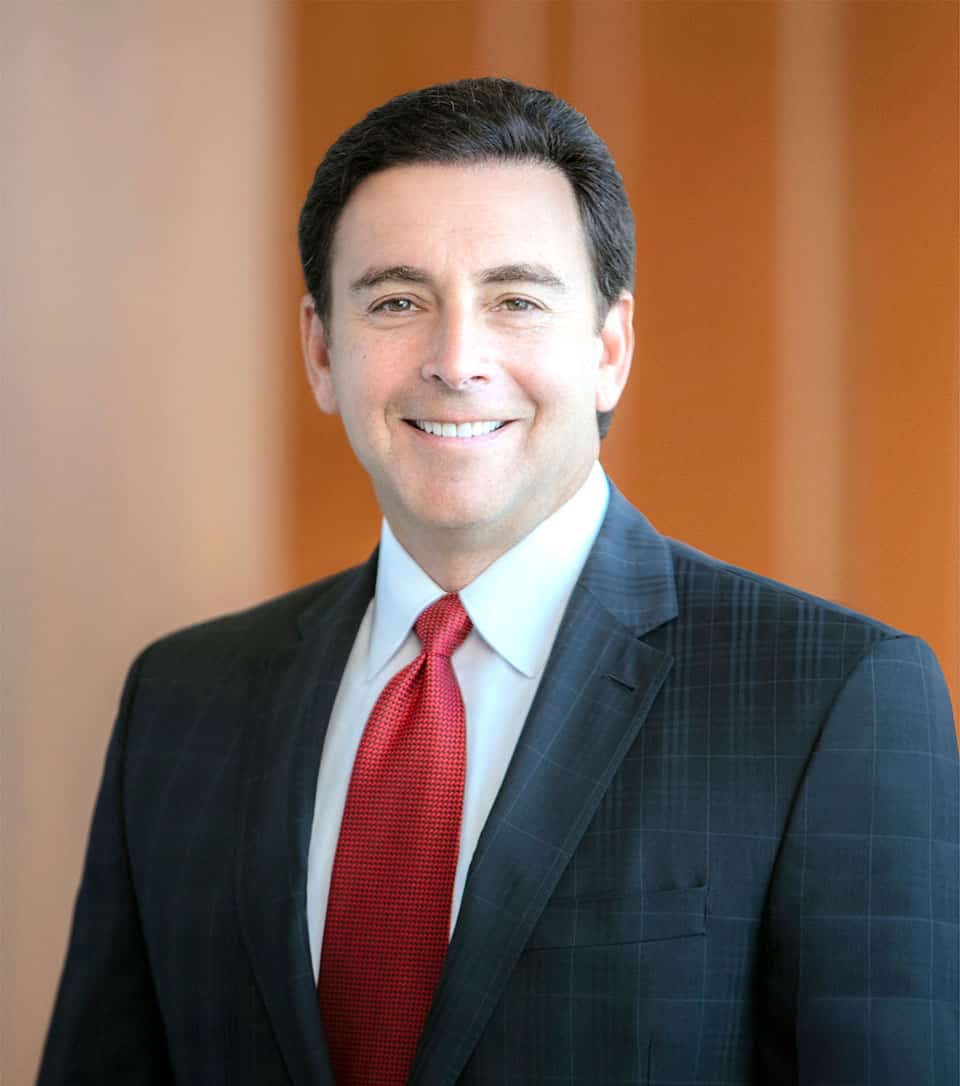
According to Chuck Rubin, former CEO of Michaels, “I believe a CEO needs to be incredibly communicative and that communication has to consider both the type of media being used, as well as the content.” Executives should consider different ways to reach various stakeholder groups and tailor their messages and delivery channels accordingly.Former Regal Entertainment CEO Amy Miles shared that communication is the foundation of leading through a crisis, acknowledging the difficulties she faced when she was leading Regal through a challenging acquisition. “You cannot overcommunicate in that environment. You have so many people who are unsure and seeking guidance. Even if you don’t always know the answer, you have to let people know that you are thinking about them and how the crisis affects them.”
- BE CONSISTENT.
Consistency is another crucial attribute for CEOs to demonstrate, not only in times of crisis, but also in their everyday roles as leaders. “Leadership traits don’t change in a crisis. The same traits that are important on any given day are important in a crisis. In fact, displaying those traits when times are good, and then being consistent when times are bad, is an important part of inspiring confidence and building trust as a leader,” said Tom Staggs, former COO of The Walt Disney Company, who led more than 140,000 Cast Members at Disney Parks & Resorts around the world during his tenure at the company.
Fields noted similarly, “When you walk into a room as a CEO, whether it’s a town hall or a meeting with your senior executive team, people are watching you, as a leader. They’re watching not only what you say, but how you say it. If they hear one thing, but your actions aren’t consistent with what you are saying, you can’t be viewed as respected or authentic.”Steve Ellis, former global managing partner at Bain and former CEO of Asurion, also stressed the need for consistency, especially as it relates to upholding the company’s core values. “The environment can change, the strategy can change, the competitive context can change, but the most enduring part of any organization is its values and leaders must be willing to share that information in a meaningful way.”
- LEVERAGE YOUR LEADERSHIP TEAM.
Especially during a crisis, leaders want to know they have people around them who can help them better understand the situation and move the company forward. That’s why it’s important for CEOs to have a strong leadership team.Rubin, who helped lead his organization through a data breach, emphasized the need to have a leadership team with diverse experience and expertise. “Leadership is recognizing that you don’t know everything. You’ve got to rely on people who know more than you and be able to take that input and assimilate it into tangible actions.”Your leadership team also must be working in unison, since everything in a crisis is amplified. Desoer, who was tasked with integrating five major acquisitions during her banking career, shared, “If you’ve got anybody who’s not 100% bought into the team, you have to deal with that situation quickly. Things, as we’re experiencing right now with COVID-19, happen so fast that you can’t have a gap in trust that doesn’t allow your team to react with the speed that they need.”
Staggs shared that, “having a good understanding of where your people are and what they can bring to the table at any given moment is an important part of the equation. A good leader understands the people and resources they have at their disposal.”
- BE EMPATHETIC.
Another trait that was equally embraced amongst the executives was the need for empathy, or as Staggs called it, “connecting with compassion.” They emphasized that there was a substantial difference between their everyday work and that of their front-line employees. Barrett shared that “empathy is an important attribute because any crisis invariably involves loss. During my early years at Cardinal Health, one of our largest partners vertically integrated with a competitor of ours. This meant that a significant business would disappear, effecting hundreds of people on our team. It was important for me to be transparent with the organization. I shared with our people: here’s what happened… there are opportunities this may open, but this will have a painful impact on many of our colleagues. Building followership in difficult times requires that you acknowledge the loss and demonstrate the capacity to put yourself in someone else’s shoes.”During this current pandemic, CEOs needs to remember that employees are being asked to deal with the crisis both at work and at home. Ellis acknowledged, “Having empathy and showing a bit of vulnerability, I think, is critically important to ensure that you’re speaking to people’s hearts, as well as their minds. One of the biggest eye-opening experiences I ever had was while I was sitting in front of a group of frontline managers. There were 15 of them in a room, talking about the implications of some of the workforce reductions we were facing. These were the most gut-wrenching stories I’ve ever heard. I used that lesson to make sure that whenever we had to cascade information about a change in the organization, it was grounded in the realities of the people whose lives were most affected. You just can’t ever forget that.” - TAKE SWIFT, DECISIVE ACTION.
Decisiveness was another key trait that the former executives emphasized. Being able to quickly make a decision means being able to act with limited knowledge at times. During Secretary Mabus’ tenure serving the US Navy, he was called upon to help lead the organization through a tragic workplace violence incident at the Washington Navy Yard. “You have to make decisions, you have to act, and you have to act fairly fast with information that is incomplete,” he explained.Fields detailed, “I used to have the approach – ‘yes,’ ‘no,’ but never ‘maybe.’ When you’re in a crisis and you have to act quickly. Telling people, ‘now do some more analysis. We’ll take a look at it in two weeks.’ That just drains the organization. It’s not about perfection during the crisis. It’s getting it 70% right, using the wisdom of your team, and you’ll fix the other 30% as you learn more.”Desoer, who Fortune magazine recognized as one of the “50 Most Powerful Women in Business,” also noted “it’s the ability to recommend right, left, or straight. It’s operating with as many of the facts as you can, but even with a gap in the facts, still being decisive.”
- PROJECT OPTIMISM.
Every crisis is an opportunity to both solidify what is working in your organization and make important changes that can lead to even greater gains once the challenge has been met. It’s imperative for leaders to be realistic in the moment, while projecting optimism about the future.Fields led Ford during the financial downturn in 2009. “When we went through the Great Recession, the auto industry was obviously in a big crisis. I remember sitting with my team and saying, ‘Listen, we all know what the situation is, but this is an equal opportunity crisis. What is going to separate the winners from the losers is how we perform versus our competitors and how we look at this as an opportunity to overcome, as opposed to an opportunity to be self-absorbed.’”Mabus shared that a leader has to be willing to say, “Here’s what we’ve got to do during the hard time so that there will be much brighter times ahead. That’s our aim, that it’s not just to survive this hard time, it’s to come out stronger, it’s to come out more resilient, it’s to do better than we were doing before the crisis.”
- PLAN FOR THE “NEXT NORMAL.”
As today’s CEOs and executives begin to lead their organizations into the “next normal” business environment, it is important to understand how their industries are already changing and how they innovate and adopt others’ best practices. Rubin said, “Lots of businesses are revisiting their strategy and their tactics right now, asking questions such as, ‘How much office space do we really need?’ In retail, this crisis is an opportunity for companies that have dragged their feet on increasing their digital capabilities or providing more convenience for the consumer. I would advocate for CEOs to be students of what’s going on in their industry, but also learn from examples in other industries of things that could apply to you,” said the longtime retail executive who lead Michaels’ team of more than 50,000 team members.Miles added, “Numerous businesses were already disrupted before this current crisis. Now, with COVID-19, the time that a CEO thought they would have to work through a disruption has been condensed. They may have thought they had a longer runway to get ahead of some of these trends, but now they must start thinking about the customer of the future and start moving their resources and capital in that direction. The businesses that will be successful will identify the challenge and quickly adapt to take advantage of this opportunity.”
Written by Vivek Sharma. Have you read?
# Ranking of the world’s best business schools for 2020.
# Ranking of the world’s best medical schools for 2020.
# Ranking of the world’s best fashion schools for 2020.
# Ranking of the world’s best hospitality and hotel management schools for 2020.
Bring the best of the CEOWORLD magazine's global journalism to audiences in the United States and around the world. - Add CEOWORLD magazine to your Google News feed.
Follow CEOWORLD magazine headlines on: Google News, LinkedIn, Twitter, and Facebook.
Copyright 2025 The CEOWORLD magazine. All rights reserved. This material (and any extract from it) must not be copied, redistributed or placed on any website, without CEOWORLD magazine' prior written consent. For media queries, please contact: info@ceoworld.biz



